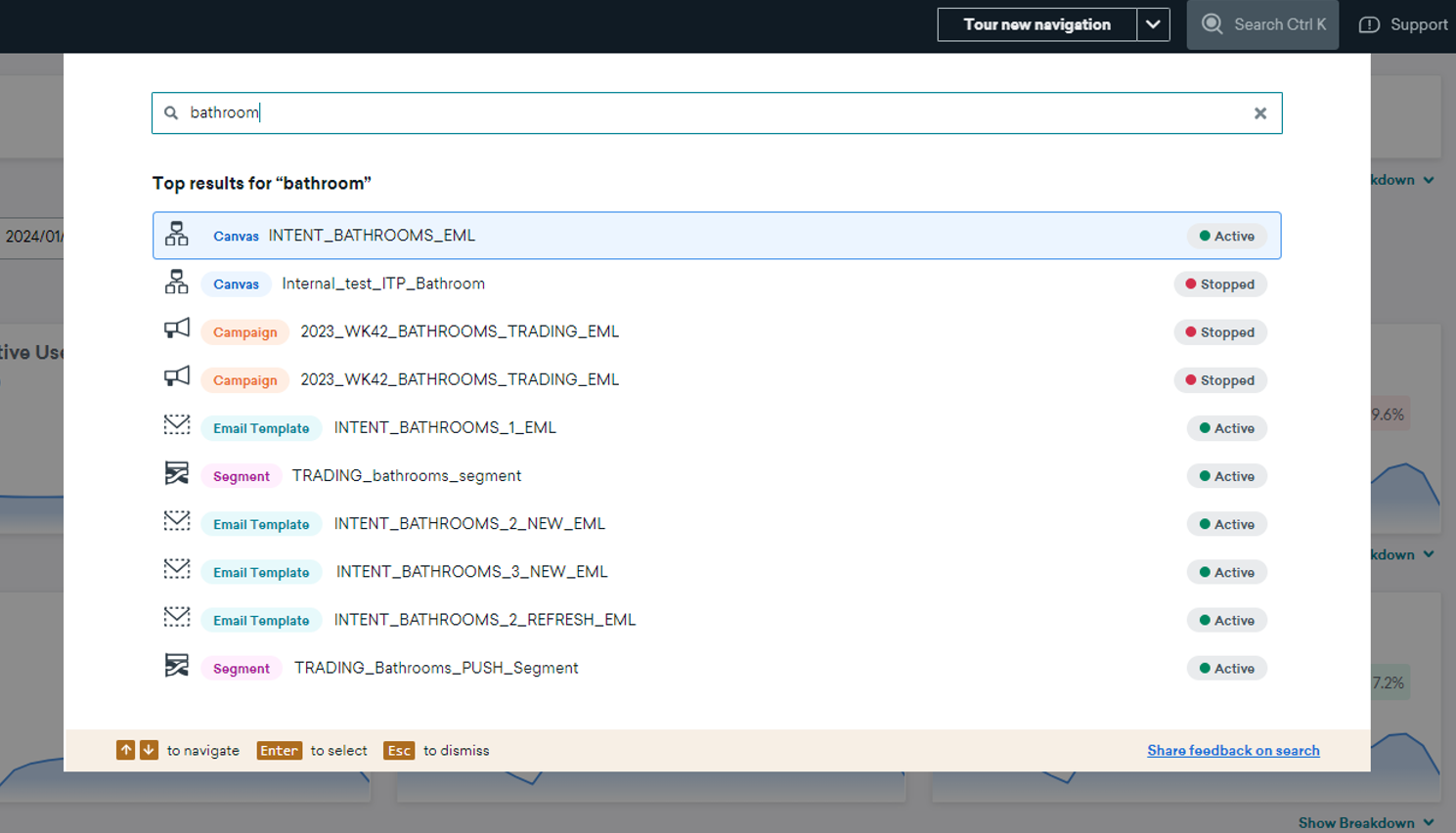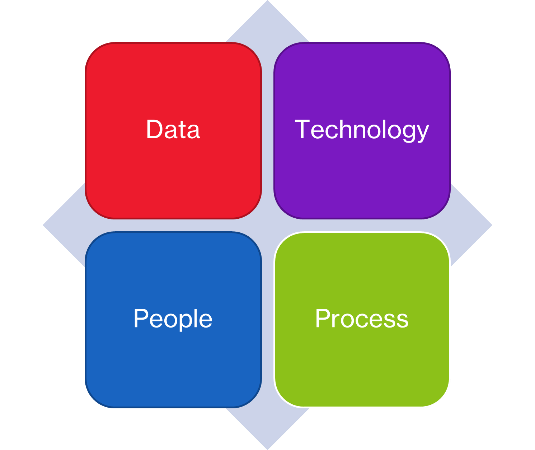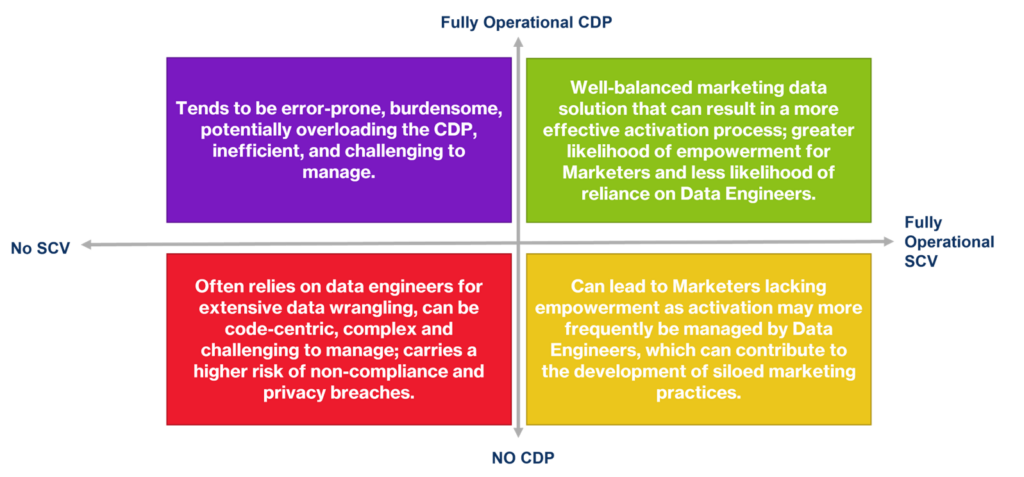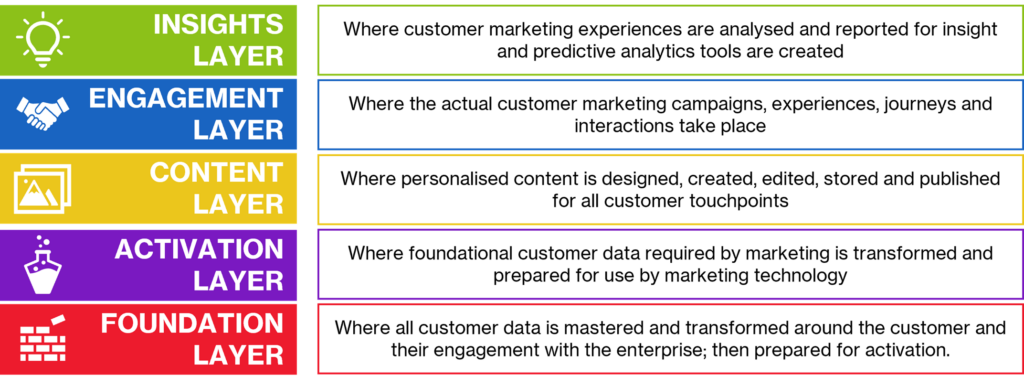
As businesses grow, so do the expectations of their customer experiences and those delivering it. Acquiring more customers, more products and, therefore, more data comes with increased complexity and an increasing demand on those in marketing, data and IT to enable growth.
A successful growth agenda must consider not just the business goals, but the actionable steps to achieve them. These steps should include understanding the data, the insights it will deliver and the technical capabilities of how to scale. This can be a daunting challenge given the complexity and scope of the market.
In this blog, we will explore how an enhanced customer experience can be delivered alongside business growth and the common issues businesses face, from operating at scale and delivering high-value experiences with limited technical resource to optimising technology for growth.
The challenges of operating at scale
Businesses experiencing rapid growth on the journey from start-up to breaking into the mid-market and beyond find themselves in a complex landscape. With growing volumes of customer data, pressure to deliver an effective customer experience and legacy technology from early in the business’ trajectory, the challenge of maintaining that growth can be significant.
These challenges can be broken out across the pillars of Data, Technology and People and Process. However, these are fundamentally reliant on each other, with each requiring attention to enable an impactful customer experience.
Data is critical for understanding your customers and provides the foundation for your customer experience. Leveraging your customer understanding enables personalisation and brings you closer to a 1:1 relationship. The challenge is drawing insight from your customer data, considering things like segmentation and modelling to understand behaviour, then making that understanding actionable and available to be used for personalisation.
This brings us to Technology. Underlying martech is the engine for customer experience, fuelled by data. Businesses often hold on to legacy systems and processes, which can become limiting factors when experiencing growth. Scaling existing technology can create bloat and operational inefficiencies as the aspirations are built on unsteady foundations.
With Data and Technology in place, there is still the strategic element to consider. Mature, data-led businesses treat their customer experience as an iterative process. By monitoring campaign performance and understanding their customers, their communications are personalised across content, timing and channel, and they are constantly assessing how they can be more relevant and engaging for their customer.
Enabling this iterative cycle requires a nimble customer experience, paired with the breaking down of silos between marketing, data and IT functions to enable your team to work efficiently and keep up with consumer demands.
By putting customer understanding and activation along with the right tools in the hands of the marketer, they can identify and deliver high-value activities across customer acquisition, retention and win-back.
Delivering high impact solutions with limited technical resources
The answer to the question: “What are the high-value activities of our brand?” is often hidden within the data. Focused insight gathering and customer understanding can reveal where in the process customers churn, what marketing is effective and what could be done better.
Often the challenge here is again one of resource: finding someone with the right skills and resources to draw insight from data, present it clearly for marketers, data experts and C-suite, and then use this to inform the customer experience.
This process is ongoing and iterative. A one-off solve will always be limited as customer needs, products and demographics evolve over time. Therefore, effective growth requires a dedicated measurement framework to ensure the customer experience is driving results.
By taking a customer-first approach and prioritising your high-value activity, you can articulate what you need to deliver the experience effectively, whether that is more understanding of who your customers are, better capacity to automate and personalise, or more substantial reporting to continue iterating to grow closer to your customer.
Optimising technology for business growth
High-value activities depend on the right technology. Legacy systems often hinder growth by limiting access to real-time data and advanced capabilities required for superior customer experiences.
Growing businesses often outgrow legacy platforms, which lack the sophistication needed for modern demands. Upgrading to advanced marketing platforms allows companies to enable personalised, multi-channel journeys, automate tasks at scale and leverage AI-powered insights, helping marketers meet evolving customer expectations with greater efficiency.
Selecting and implementing the right technology can be a challenge, however. The martech space is incredibly crowded with, at time of writing, over 14,000 products (per Scott Brinker’s State of the MarTech report), all with their capability, functionality and requirements. To select the right tool, businesses must consider what their aspirational customer experience is, how the tool integrates with the rest of their stack and how they are going to deliver value quickly after embarking on implementation.
What should brands do and how can CACI help?
To successfully scale up your business without compromising your customer experience, CACI suggests considering your data, technology and operational processes ahead of making major changes. The key to growth is working backwards from your aspirational state to construct an actionable maturity roadmap. This ensures you are dedicating time and effort to the immediate priorities that will bring value back to the business while working towards your goal state.
Our tried-and-tested approach of bringing together experts on Data, Technology, People and Processes has delivered results for complex brands like EasyJet and ASOS. CACI’s data-led, customer-centric approach focuses on enabling the customer experience by understanding the overall business vision and customer needs, considering market positioning and the steps a brand can take to sustainably and effectively deliver on their ambition.
If you are looking to accelerate customer data or technology changes by connecting and activating your insight, please get in touch to discuss what strategies and solutions that our team of experts can help you deliver.
























